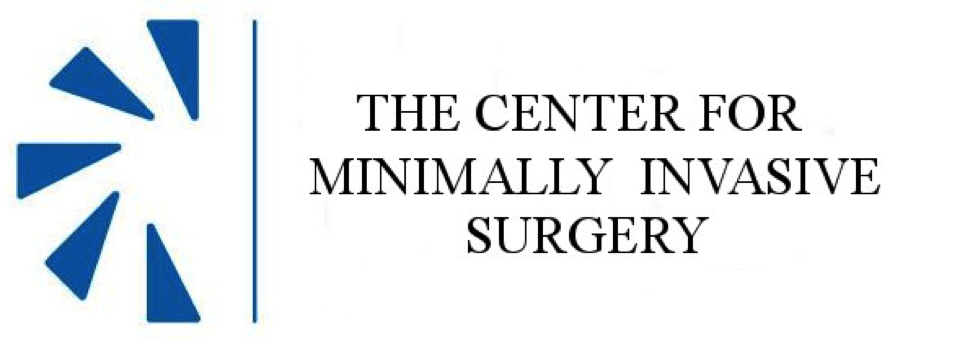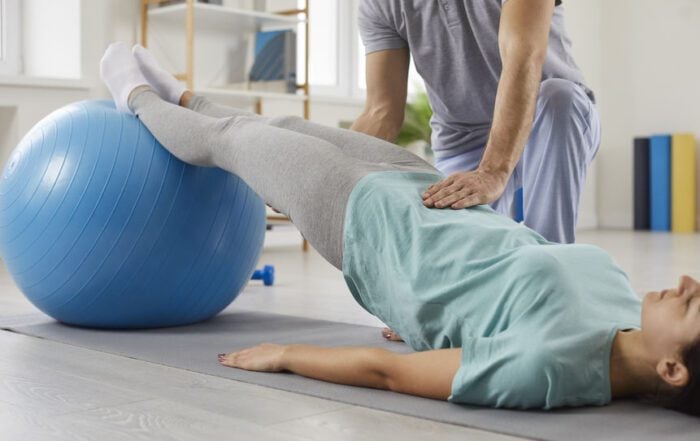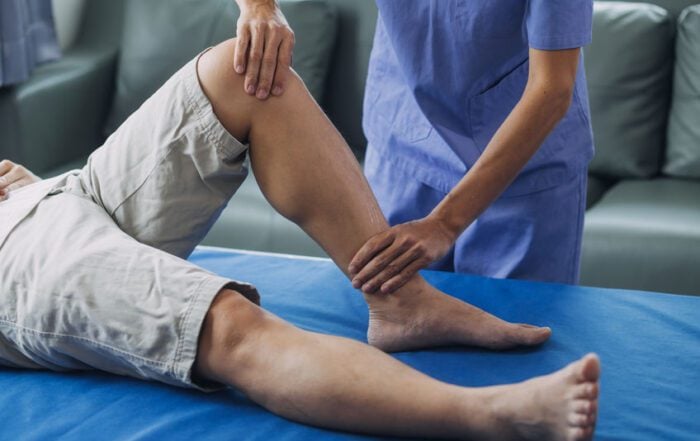Speeding Recovery After Rotator Cuff Surgery
Sidelining countless individuals, rotator cuff injuries can happen across all ages and stages of life. The rotator cuff is a group of tendons and muscles in the upper arm connecting the shoulder blade and a bone called the humerus. Tissues in the region support proper range of motion (ROM) and help stabilize the joint. Common signs of a rotator cuff injury are shoulder weakness, general pain in the area, and difficulty moving the shoulder, especially when reaching overhead, pulling, or lifting the arm.

How do rotator cuff injuries occur?
Usually, long-term wear and tear is the main cause of a rotator cuff injury. However, other issues like poor posture and keeping the head slouched forward might also be problematic. Repetitive movements can also cause stress that leads to damage. As a result, athletes such as tennis and baseball players, and even swimmers, are more likely to sustain a rotator cuff injury.
Choosing the right treatment
While rotator cuff surgeries are common, not all people are good candidates for the procedure. Surgery is usually reserved for people who have tried at-home treatments with no significant improvement after 6 months. Individuals who experience extremely reduced mobility because of a rotator cuff shoulder injury are also ideal candidates for surgical repair. In the interest of time, many professional athletes often go directly to surgery as the first treatment option. By contrast, minor shoulder damage usually responds well to at-home treatments like ice, resting the joint, and strengthening exercises.
Rotator cuff repair explained
The most common options for rotator cuff surgery are open, arthroscopic, or mini-open repair. Regardless of the method chosen, most people are discharged on the same day as the operation. Open surgeries can be the most invasive due to the larger incision that exposes the shoulder. An arthroscopic surgery is the least invasive, thanks to the guiding camera scope and micro-surgical tools a surgeon uses. Finally, a mini-open repair is a hybrid that combines open surgery and arthroscopy. The healthcare provider will recommend the best approach based on the severity of the injury.
Speed recovery with PT
While patience and following a surgeon’s recovery guidelines are always important during the healing stage, patients can speed the timeline from surgery to fully mended with regular physical therapy (PT) participation. Along with rebuilding strength in the muscle group, PT also aids in improving posture and movement. As a result, recovering individuals can restore full range of motion (ROM) and learn how to move in a way that doesn’t encourage future injuries. With PT, the recovery time is typically shortened, but individual results will vary.
Get back to full range of motion
Focusing on recovery is critical for a person with a rotator cuff injury to return to original activity levels. Whether an athlete or average citizen, if the injury is severe enough, surgery may be the best option. To improve recovery, consider starting PT within the first week after surgery. Speak with an orthopedic surgeon for more tips to speed the healing process.
Recent Posts
What To Do About Hip Pain: Is It Time To See An Orthopedic Surgeon About Labral Repair?
Hip pain should not be overlooked, as the issue could be a labral tear. Symptoms like pain and instability require an orthopedic surgeon’s assessment.
ACL Repair: Will You Have Range Of Motion With Your Knee After Recovery & Physical Therapy?
After an ACL injury, ROM can be negatively affected. ACL repair surgery helps restore function, but physical therapy is essential to ROM.
Arthroscopy: What Are The Benefits Of This Minimally Invasive Outpatient Orthopedic Procedure?
Arthroscopy can help diagnose or treat joint conditions. Benefits of the MIS include faster recovery, less pain, and fewer scars.
Posterior Interbody Lumbar Fusion: What Are The Benefits Of PLIF For People With Back Pain?
People with chronic back pain may benefit from posterior interbody lumbar fusion surgery. PLIF can reduce pain and improve stability.








